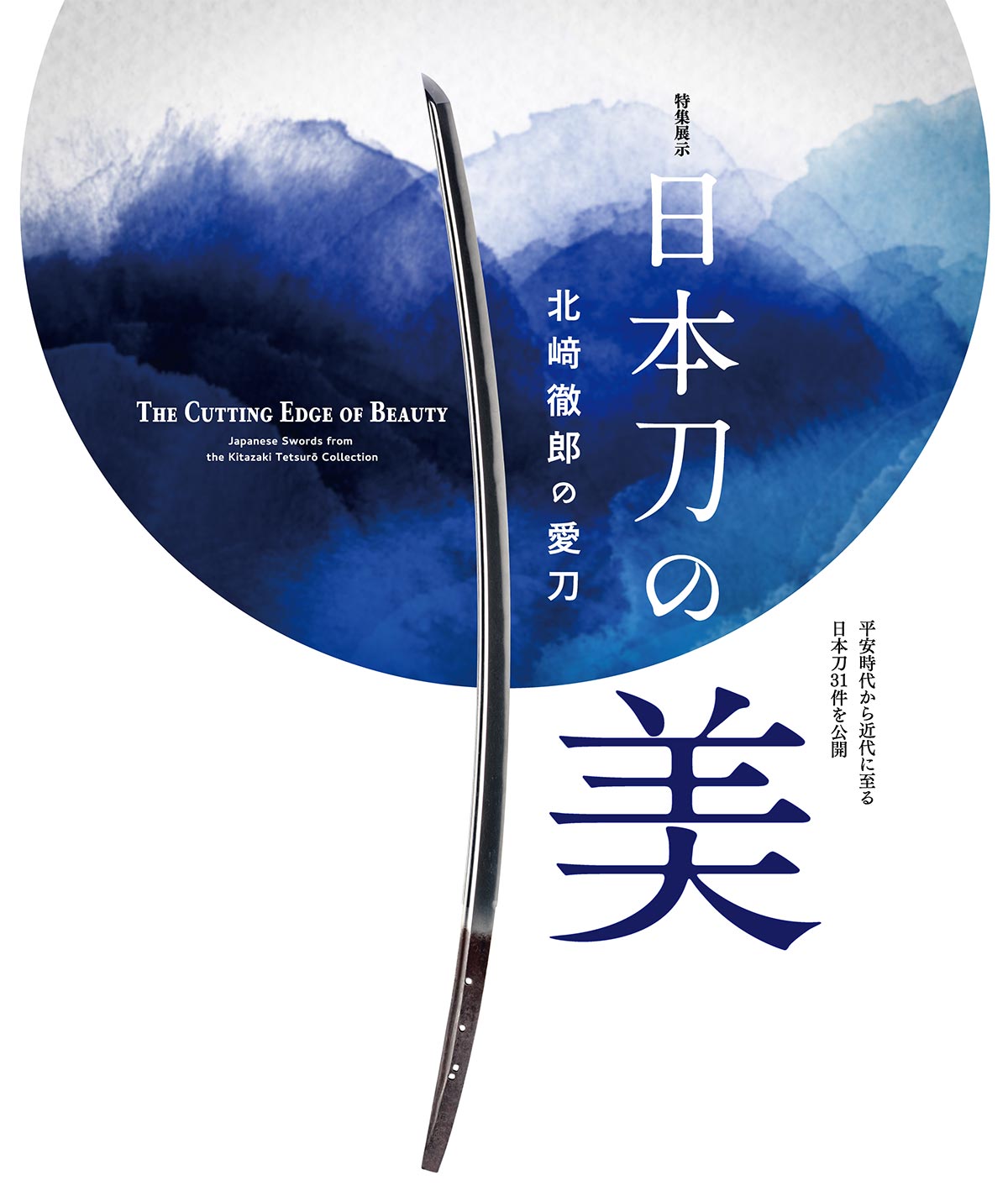Feature Exhibition
The Cutting Edge of Beauty
Japanese Swords from the Kitazaki Tetsurō
Collection
In FY 2022, Kyushu National Museum received a donation of thirty-one Japanese swords. Mr. Kitazaki Tetsurō, the donor of this collection, dedicated many years of his life to community medicine in Kitakyushu while pursuing his passion for collecting these pieces.
More than an assortment of master works, Mr. Kitazaki’s collection traces the history of Japanese swords in a systematic, broad-based timeline. It is on public display for the first time here at Kyushu National Museum.
This exhibition introduces a wide range of ancient and modern pieces that Mr. Kitazaki collected over his lifetime. Give yourself over to the deeply fascinating world of swords, sparkling like the metal on a highly polished blade.
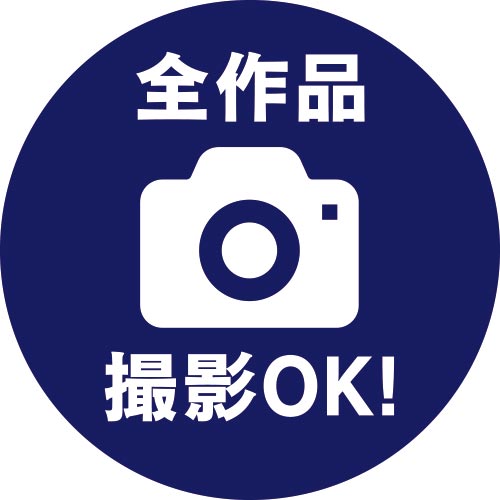
Photography is OK!!
No changes will be made during the exhibition period
Exhibition Period |
|---|
30 January (Tue) – 14 April (Sun) 2024 |
Venue |
|---|
Room 11, Cultural Exchange Exhibition Hall (4th floor) |
Tickets Cultural Exchange Exhibition Hall (Permanent Exhibition) |
|
|---|---|
| Adults | 700 yen |
| University students | 350 yen |
| High school students, visitors under 18, and seniors above 70 Free | |
*For more information on ticket prices, please refer to this page.
Exhibition Highlights

Tachi signed: Sadatsuna
Heian period, 12th century
This is a rare extant inscribed sword by Sadatsuna, a swordsmith active in Hōki Province (present-day Tottori Prefecture) from the late Heian (about 794–1185) to the early Kamakura (about 1185–1333) periods. The tang of this famous piece is mentioned in a sword book from the late Muromachi period (about 1333–1573).
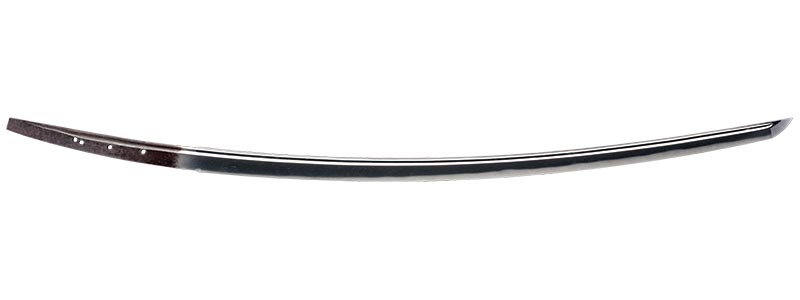
Tachi signed: Sadatsuna
Heian period, 12th century
This is a rare extant inscribed sword by Sadatsuna, a swordsmith active in Hōki Province (present-day Tottori Prefecture) from the late Heian (about 794–1185) to the early Kamakura (about 1185–1333) periods. The tang of this famous piece is mentioned in a sword book from the late Muromachi period (about 1333–1573).

Tachi signed: work of Sadahide of Bungo Province
Heian period, 12th century
This piece was crafted by a swordsmith closely associated with Mount Hiko, a sacred peak in Kyushu. The "honorable wound" this sword received in actual battle is also a highlight.
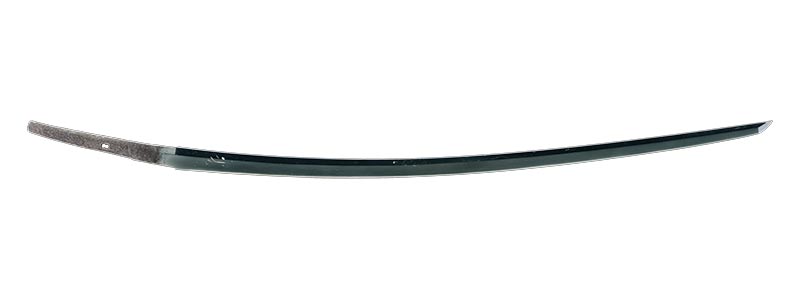
Tachi signed: work of Sadahide of Bungo Province
Heian period, 12th century
This piece was crafted by a swordsmith closely associated with Mount Hiko, a sacred peak in Kyushu. The "honorable wound" this sword received in actual battle is also a highlight.

Tachi signed: Kuniyuki
Kamakura period, 13th century
Created by Kuniyuki, the founder of the Rai school, a leading group of swordsmiths in Kyoto, the graceful figure cut by this sword is attractive.
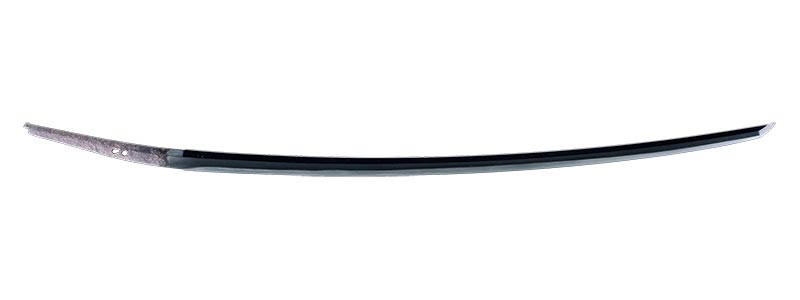
Tachi signed: Kuniyuki
Kamakura period, 13th century
Created by Kuniyuki, the founder of the Rai school, a leading group of swordsmiths in Kyoto, the graceful figure cut by this sword is attractive.

Tantō signed: Kunimitsu
Kamakura period, 13th century
The beautiful forging of this piece by swordsmith Kunimitsu, teacher of the master craftsman Masamune, is noteworthy.
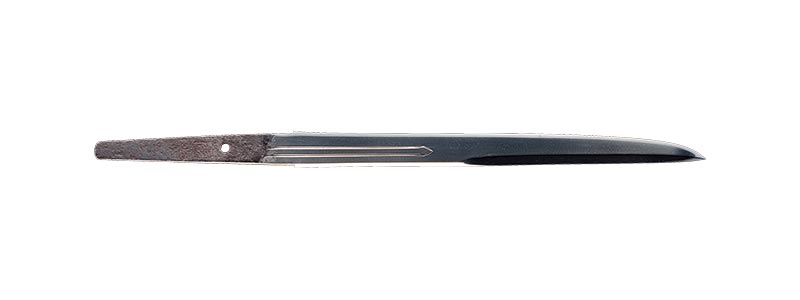
Tantō signed: Kunimitsu
Kamakura period, 13th century
The beautiful forging of this piece by swordsmith Kunimitsu, teacher of the master craftsman Masamune, is noteworthy.

Tachi signed and dated with inscription: Kogarasumaru-mosu/Hyōshin Hideyo, Tenpō 14
Edo period, 1843
This sword is a copy of “Kogarasumaru”, a treasure of the Heian-period (about 794–1185) Heike clan that has been handed down to the present as a sacred object of the imperial family.
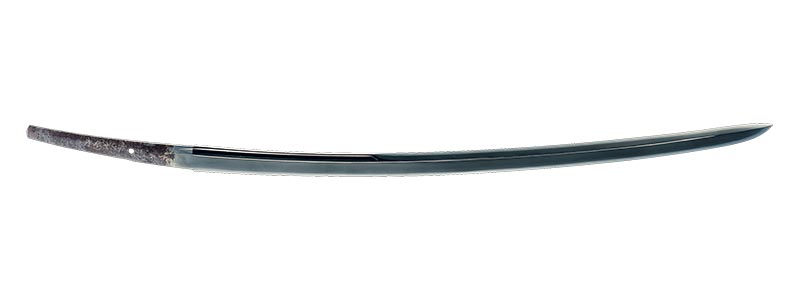
Tachi signed and dated with inscription: Kogarasumaru-mosu/Hyōshin Hideyo, Tenpō 14
Edo period, 1843
This sword is a copy of “Kogarasumaru”, a treasure of the Heian-period (about 794–1185) Heike clan that has been handed down to the present as a sacred object of the imperial family.
